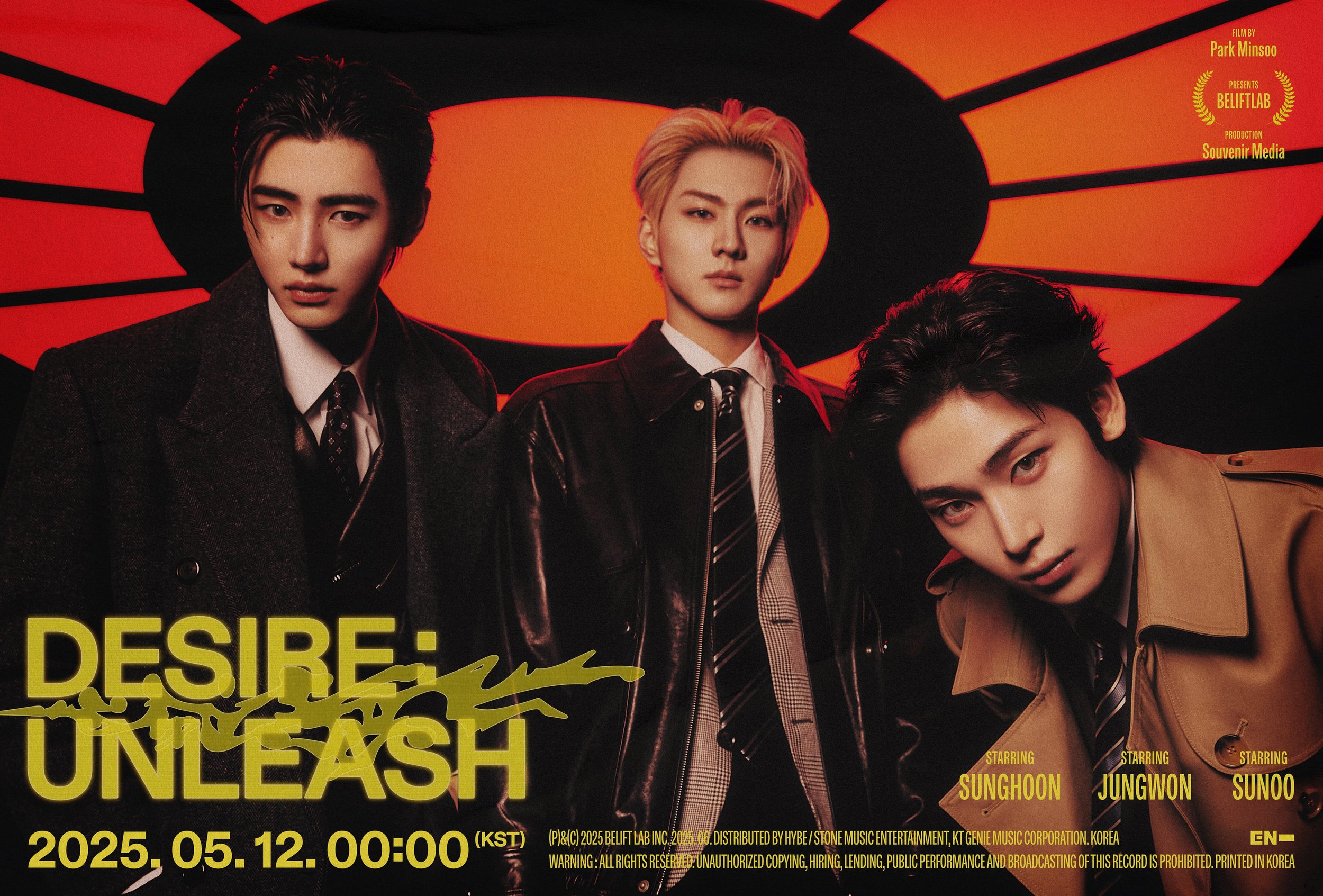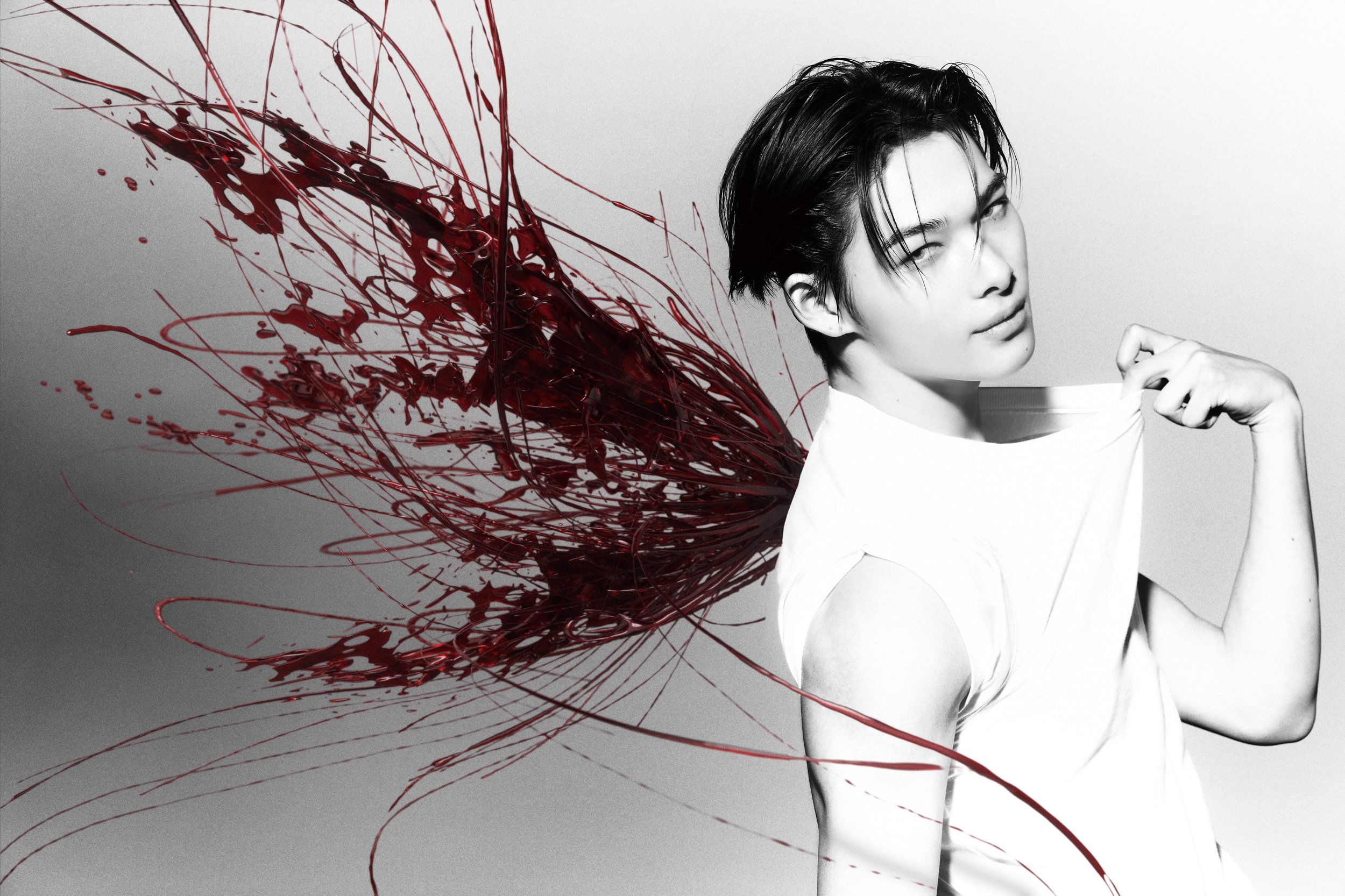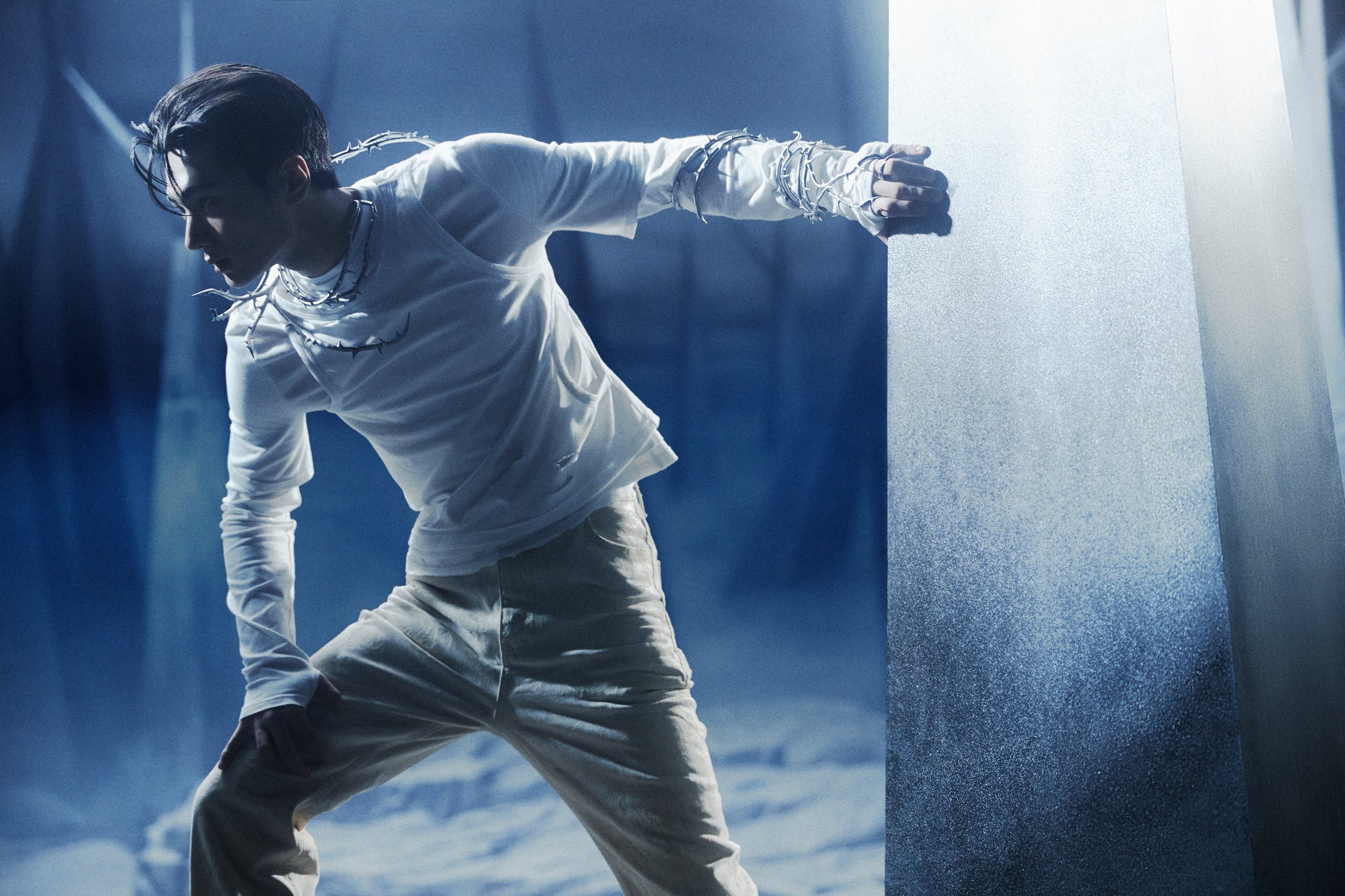ENHYPEN Unveils DESIRE: UNLEASH — an Immersion in Desire
Photos: BELIFT LAB
On June 5, 2025, ENHYPEN released their sixth mini-album, DESIRE: UNLEASH, marking a turning point in their narrative universe. Through a powerful concept film and a powerful main music video, the group immerses its fans in an immersive and emotional experience centered around a central theme: desire.
DESIRE : UNLEASH Tracklist
01. “Flashover”
02. “Bad Desire (With or Without You)”
03. “Outside”
04. “Loose” (Korean Ver.)
05. “Helium”
06. “Too Close”
07. “Bad Desire (With or Without You)” (English Ver.)
08. “Loose”
A concept film as a narrative starting point
The music video opens with a full moon turning red as Sunghoon's voice echoes: "It has started." This phrase resonates like an invocation, plunging the listener into a dramatic atmosphere. We see Heeseung hunched over a newspaper in an office: "I try so hard to hide it, but it resurfaces from time to time. No matter how hard I try, I can't escape it." This moment underlines the lucidity he has about himself and his repressed desire, a universal notion that everyone can understand, between what we desire and having "the right" to desire. In the background, a television broadcasts a program called "NIGHT TIME SHOW with Jimmy Blood," an obvious nod to Jimmy Fallon and his famous talk show, trivializing this supernatural moment. A way to point out the over-mediatization of idols, but also to show that even in a hyper-mediatized society, the monster can blend into the crowd. The host announces the arrival of a special guest: a vampire.
At this point, Ni-ki replaces Heeseung. This game of substitution between the members, a common thread of the video, creates an effect of identity shifting, reflecting inner instability, especially when one has unspeakable desires. The show continues, and Jay appears before being replaced by Jake. Asked why he revealed himself to the general public, Jake simply replies: "Because I want to be seen." It’s a powerful claim to identity: that of existing as one is, even if this truth is disturbing. Here, they want to be seen and heard—even if it means embracing their dark side. The "NIGHT TIME SHOW" then becomes a cathartic scene where a public confession, a modern confession, is played out.
The presenter continues his questions. And then, when we ask, “Love? Guilt? Desire?” and it’s clearly a revelation: the vampire doesn’t love, he desires. Not in a romantic sense, but obsessive, even morbid. When Jake is asked about romantic feelings in vampires, the chilling response comes from the creature: “You desire to destroy the things you love. That’s who you are. Cursed!” A phrase then echoed by Jay, suggesting that this destructive impulse is not a curse, but an accepted desire, a truth about him. He then bites his victim without any remorse. The clip ends with a scene in front of a mirror with a powerful and intriguing phrase: “Tell me your desire,” which then sounds like an invitation — or a challenge.
This short film acts as the narrative origin of the album's title track. It lays the foundation for the world in which "Bad Desire" exists. Desire, though embraced, sounds like a curse. The vampiric duality is similar to the duality of love. The vampire who desires but destroys, who loves but bites. The desire staged where the "Night Time Show" in the film makes this desire public.
Bad Desire (With or Without You)
“Bad Desire” is a hybrid pop track, tinged with dark synth, electronic elements, and syncopated rhythms. The song blends sensuality, tension, and explosive energy, reflecting the theme it explores. Its heavy pulsing bass gives the impression of a racing heartbeat, almost anguished—as if experiencing a surge of desire or panic.
The video opens with a close-up of Ni-ki's angelic blue eyes, with the following hook: “Did you really think I could just stand by and watch you disappear? I told myself it was for you... His heart will always beat toward the darkness. It was your own desire.”
“Bad Desire” speaks of an uncontrollable, visceral attraction that goes beyond mere desire. It's a song marked by the tension between attraction and danger, between what we want and what we should run from. The lyrics evoke a desire that consumes, obsesses, and pushes one to cross boundaries, despite the fear or pain it causes. There are references to body heat and inner fire and a search for the other that turns into a destructive obsession, leaving one with the feeling of being both victim and guilty. The word "bad" expresses that the desire is not "romantic" or "cute" but intense, disturbing, almost violent.
A Fast-Paced Music Video
The music video is built on sharp cuts, jerky sequences, and frequent shot changes that reveal no moment of respite, almost making the viewer dizzy. It's a direct reflection of the members' inner turmoil; they are overwhelmed, invaded by something beyond them—this "bad desire," precisely. This breathless pace mimics the rising tension of their emotions. The quick cuts, the sudden close-ups, the blurred or chained faces evoke a fragmented identity: we easily get lost and no longer know who is the "me," who is the "other," where desire begins. It's a direct echo of the concept film, where members replace one another. Here, it's even more physical: the body itself becomes unstable, the gaze becomes blurred, the image trembles. This is what desire does: it destroys stability, it blurs what is clear.
The first scene shows the separation of the duos of the concept film, we see that some of the members rise towards the darkness, while the other descends towards the light. A concept also present during the short film in the scene with Heeseung and Ni-ki, where the woman who becomes a dark creature before their eyes, allows to play on the contrast between light (the woman) and darkness (the dark creature), between order and chaos, humanity and monstrosity. The scenes follow one another without transitions: it is instinctive, visceral, as if everything happened in the moment, without filter. It is a clip that feels justified by a poorly controlled, poorly contained desire. The clip does not seek to be logical. It seeks to plunge the viewer into the same burning confusion that the members experience.
An Intense and Expressive Choreography
Added to all this is the physical and theatrical choreography, which showcases excellent technique but above all seeks to convey a raw emotion: that of desire. Tensions reflect the struggle, numerous physical interactions between the members, evoking sensuality and attraction, but also danger and brutality. The dance also depicts moments of falls, where they sometimes get up violently, symbolizing emotional instability, temptation, and resistance. Where the lyrics sing of inner chaos, the choreography brings it to life with the body. Each gesture becomes a visual translation of pain, temptation, and possession. The dance takes up the themes of duality, transformation, and "cursed" desire, and gives them a clear and powerful body language.
By combining symbolic narration, aesthetics, and visceral performance, ENHYPEN delivers a project that not only pleases, but also leaves a lasting impression, stirs, and challenges.












